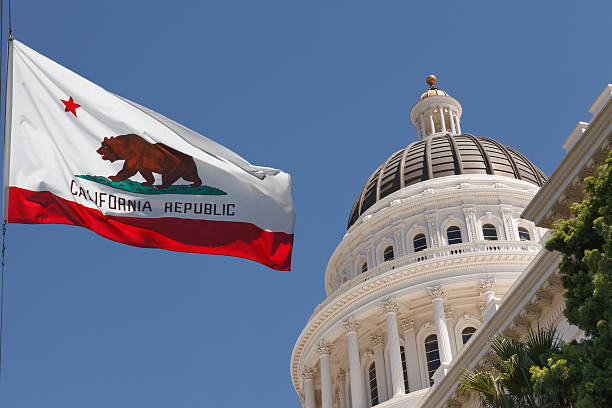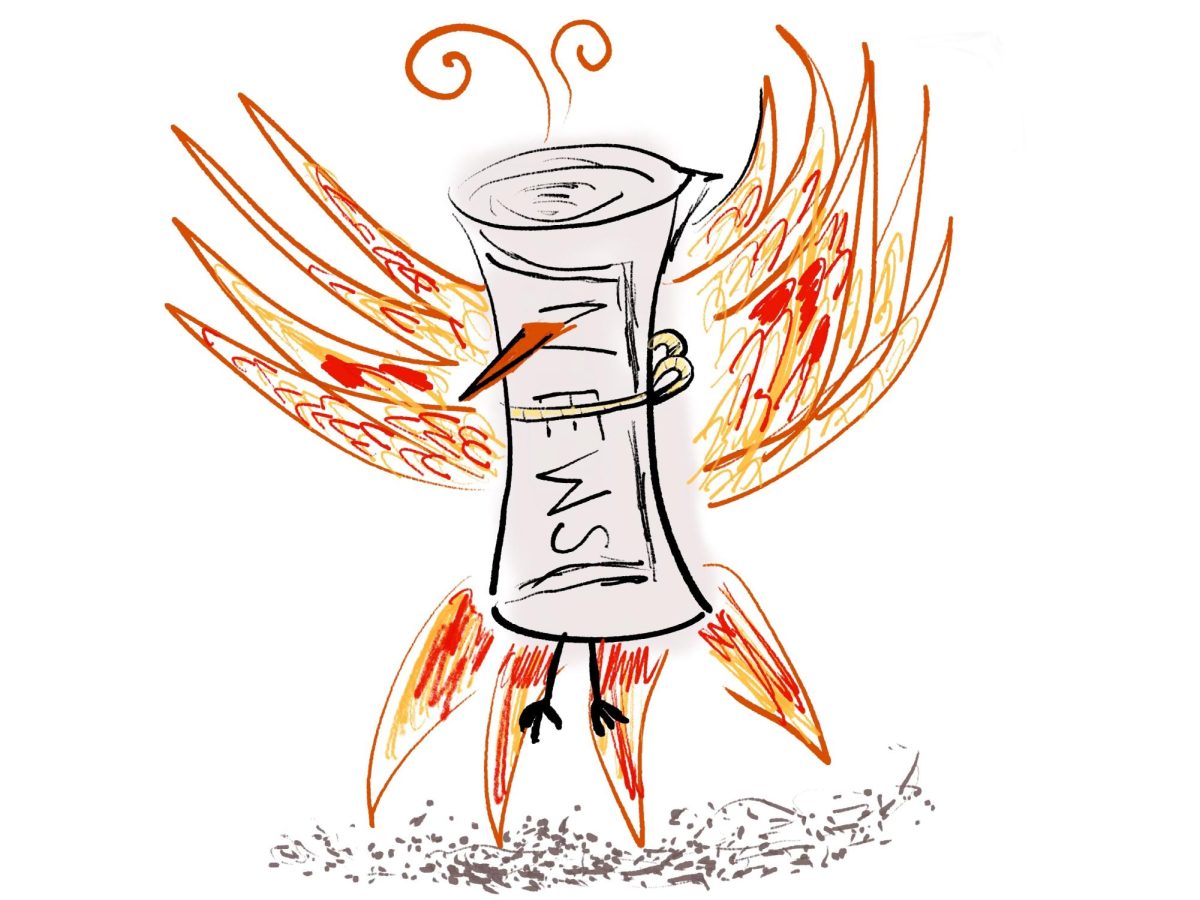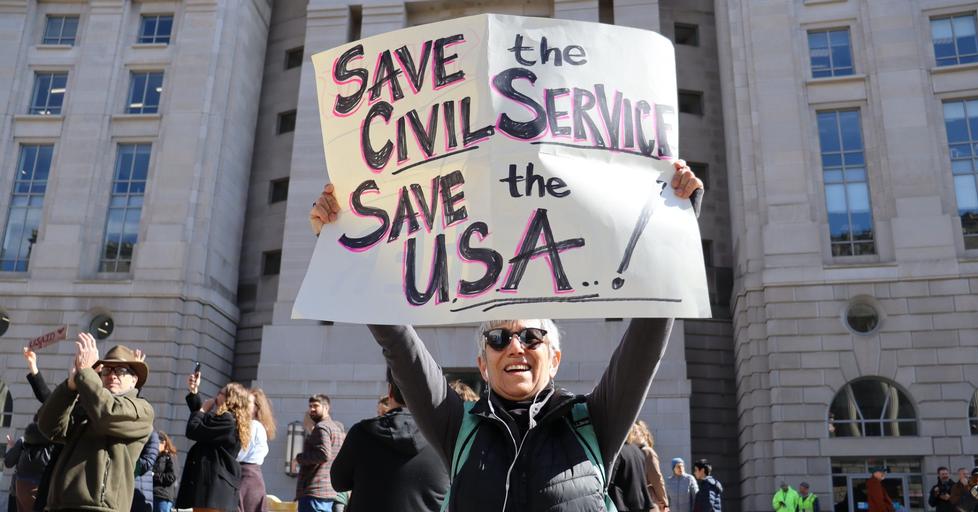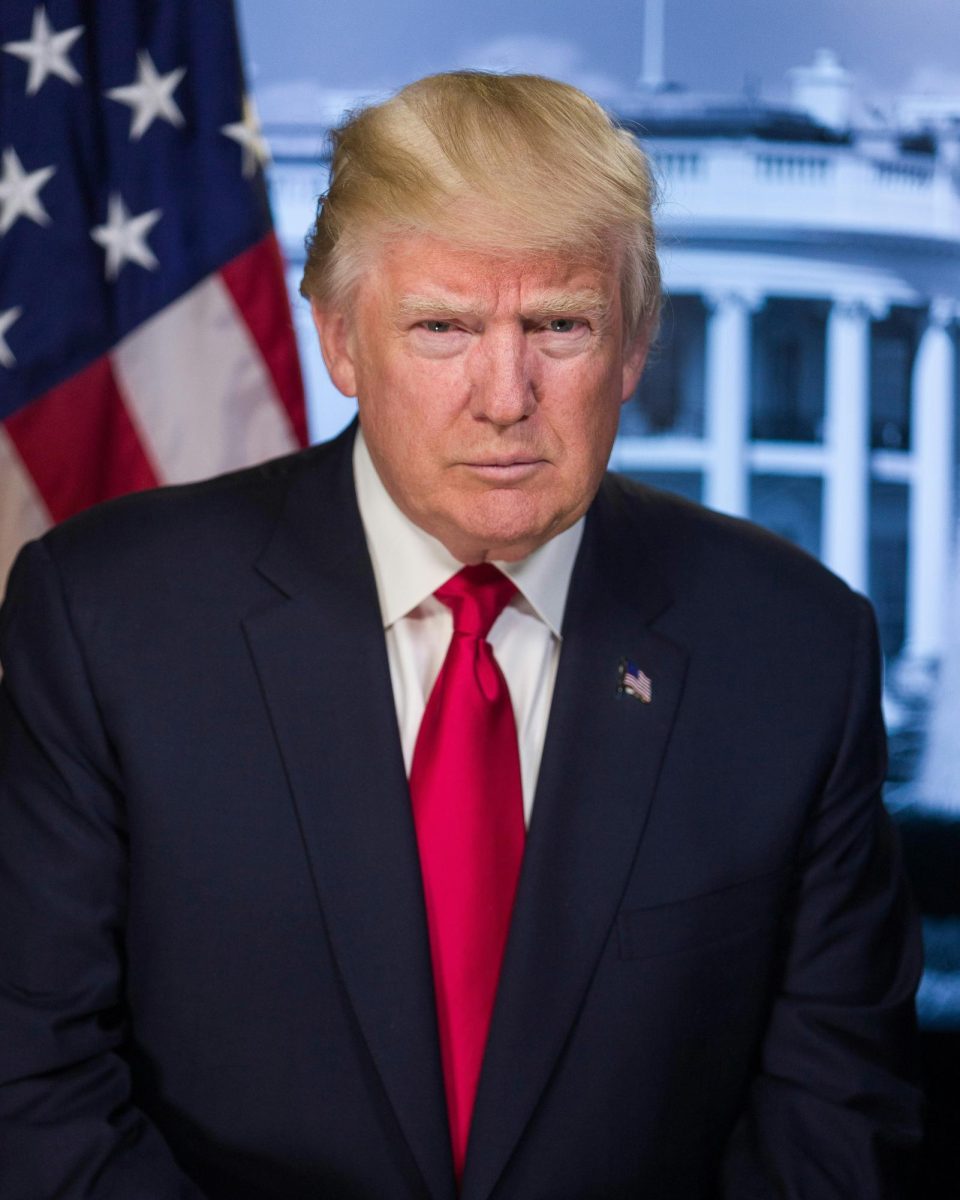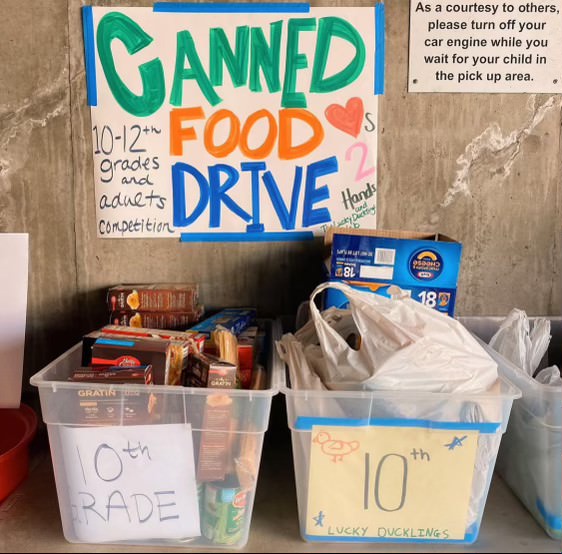It was a warm, early November evening in Sacramento, California, on the second story of the old, 1874 State Capitol Building, when some of California’s top lawmakers finally registered that Proposition 64, the marijuana legalization bill they conceived, would become a law. Of course, it would take years from that 2016 night, and a sharp increase in marijuana use amongst children, for them to fully comprehend the weight of their actions.
And perhaps now, they finally recognize that it was a mistake.
Marijuana, colloquially referred to as weed or pot and scientifically known as Cannabis sativa, is a psychoactive drug; meaning a drug that affects the brain, resulting in alterations of perception, mood, and behavior. Specifically, the cannabis plant is known for its relaxing and calming effects.
Native to Central Asia, the cannabis plant has been used as both a recreational and medical drug in various cultures for centuries.
The history of marijuana regulation varies between countries and cultures, but the United States has a well-documented and unique history with the drug.
According to a historical survey written by the Alexander Campbell King Law Library, the United States widely produced and used marijuana freely in the 1700s and 1800s. The plant became popular in many medicinal products and was sold openly in pharmacies following the Civil War, when the domestic production of the drug was flourishing.
Interestingly, as the report revealed, marijuana was not deemed illegal in the 1930s due to health considerations, but rather immigration fears. Following the Mexican Revolution of 1910, Mexican immigrants flooded into the United States, bringing with them a culture of recreational use of marijuana. Many purist groups in America, such as the Nativist group, painted this culture as dangerous and violent, in an attempt to create widespread fear towards Mexican immigration and drive them out. Instead, this violent portrayal of the drug led 29 states to outlaw marijuana by 1931.
In 1937, the federal government took control of the issue and Congress passed the Marijuana Tax Act, effectively criminalizing all uses of marijuana nationwide. The 1950s added to marijuana regulation with federal laws setting mandatory sentences for marijuana-related offenses.
But then, the 1960s saw the creation of hippie culture — a shift that lead to more lenient attitudes towards marijuana —and widespread use of the still-illegal drug increased. On top of this, official government studies disproved the danger and violence surrounding marijuana that had been speculated in the past. With a cultural shift, and destigmatizing studies, the federal government slowly began to drop regulations. By 1970, Congress repealed most of the mandatory penalties for drug-related offenses, but left states to determine the legality of the drug medically and recreationally.
As the study points out, Congress’ decision in 1970 marked the divergence of marijuana regulation from a federal concern to a state responsibility. Because of this, the legalization of marijuana has greatly varied from state-to-state throughout the past 50 years, and continues today.
But California — the third largest U.S. state by area, the most populated U.S. state, and the one with the largest U.S. state economy (which, ringing in at $3.5 trillion, is also the fifth largest economy worldwide, meaning California alone has a larger economy than India) — has a hand in dictating other states’, especially Democrat states’, behavior, as they attempt to replicate California. Sometimes even the federal government will replicate these laws.
In fact, the New York Times calls this the “California Effect”. They say “California has been so successful at bending national policy in its direction that academics have taken to calling the phenomenon the California Effect.” The article goes on to explain that from “labor and consumer protections to corporate governance, energy and animal-welfare measures, California’s laws are the most widely copied in the nation.”
So when California passed Proposition 215 in 1996 and became the first state to allow the sale and medical use of marijuana for patients with AIDS, cancer, and other serious diseases, many other states followed suit. In the next 15 years, 17 states had legalized marijuana medically, with 7 states doing so by 2000, just four years after California blazed the path.
The California Effect means our state has an extra responsibility to not just create and enact laws that safeguard and protect California citizens, but also those of other democratic states. California lawmakers have to take into account the copycat laws that will follow while deciding if their proposed laws are for the greater good.
Considering this, California lawmakers made a big mistake legalizing marijuana recreationally.
Technically, it is true that the California government was not the only force involved in the legalization. Proposition 64, which allowed recreational cannabis users to buy cannabis amounting to 28.5 grams or less, was voted into effect in 2016 by the citizens of the state via an election.
However, while everyone over 18 in California were responsible for voting Proposition 64 into effect, there would not be a vote to be had if the California government had not created Proposition 64 in the first place.
Furthermore, a March 2015 Pew Research Center poll — conducted one year before Proposition 64 appeared on ballots — showed that 55% of California adults would vote to legalize marijuana recreationally if given the choice. And with polls anticipating the result of a law like Proposition 64 going up for election, lawmakers chose to support it, which subsequently makes them responsible for the legalization.
And no California lawmaker was more of a proponent for this law than Governor Gavin Newsom.
In an article with The Press Democrat in 2016, he said that while he had never used marijuana, or grasped its effects fully, he wanted it to be fully legalized because he was “vehemently anti-prohibition.” When questioned about the health effects, especially in teens, that could result from full legalization, he believed that there would only “be an increase in marijuana use” among “50-, 60-, 70-, 80-year-olds,” but not teens, which is why he believed the effects of full legalization would not be “that devastating.”
And when the law did go into effect, the Department of Cannabis Control, California, which is affiliated with the California government, explained that, “The cannabis industry is strictly regulated to make sure: businesses operate safely, products are contaminant-free and labeled to inform purchasers,” but most importantly, “cannabis is kept away from children.”
However, it has not been kept away from children as promised.
A recent study published in the Journal of Studies on Alcohol and Drugs found that following the recreational legalization of marijuana in California, teens in the state were 18% more likely to consume cannabis during high school, and were 23% more likely to have consumed it in the past 30 days. Marked increases were also seen in overall cannabis use frequency in regular users across nearly all age and race demographics.
This is important because while the brain effects are much less harmful among adults and senior citizens, the effects amongst teens are detrimental.
The Center for Disease Control and Prevention (CDC) reported that because “the teen brain is actively developing and continues to develop until around age 25 … marijuana use during adolescence and young adulthood may harm the developing brain” with effects including “difficulty thinking and problem-solving, problems with memory and learning, reduced coordination, [and] difficulty maintaining attention.”
The CDC also warned that “the risk of developing marijuana use disorder is stronger in people who start using marijuana during youth or adolescence.” These health considerations paired with the increase in teen marijuana use makes legalization all the more concerning.
So while Governor Newsom and California lawmakers did correctly predict an increase in adult users — which, admittedly, is not detrimental, as they argued — there is also a troubling increase in use among kids, which they did not predict.
While their justifications of personal liberties and economic benefits are valid, the ever changing research on the yet-to-be-fully-known health effects make their decision narrow minded. This paired with weak regulatory powers to ensure the drug stays away from children — as they said it would but could not back up — makes this decision ignorant as well.
And thus, the California government’s naive, incompetent thinking led to the legalization of marijana recreationally, and of course the dire impacts that have followed. Although they did not enact the law, state lawmakers had polls that gave them very clear projections of what would happen if Proposition 64 went up for election, and they still created and endorsed it.
Their assurance that teens would be safe has been disproven time and time again in the past seven years, and the California Effect has allowed these detrimental consequences to spread nationwide: since 2016, 19 states have legalized marijuana recreationally.
Now, once again, Governor Newsom and California lawmakers sit in the same 1874 State Capitol Building, with a decision to make. This time, the right choice — the only choice — is to take responsibility. To take responsibility and pick up the pieces of this mistake, before it grows even larger, and more national.


